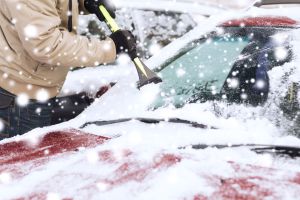Prepare Your Vehicle for Winter Chris Sharon|Dec 18, 2017 9:19 AM Originally posted Nov. 11, 2016 With the worst of winter right around the corner, now is a good time to get your vehicle prepared for the worst. Being based in northern Wisconsin, we at AMSOIL talk a lot about how synthetic lubricants make life a little […]
You are browsing archives for
